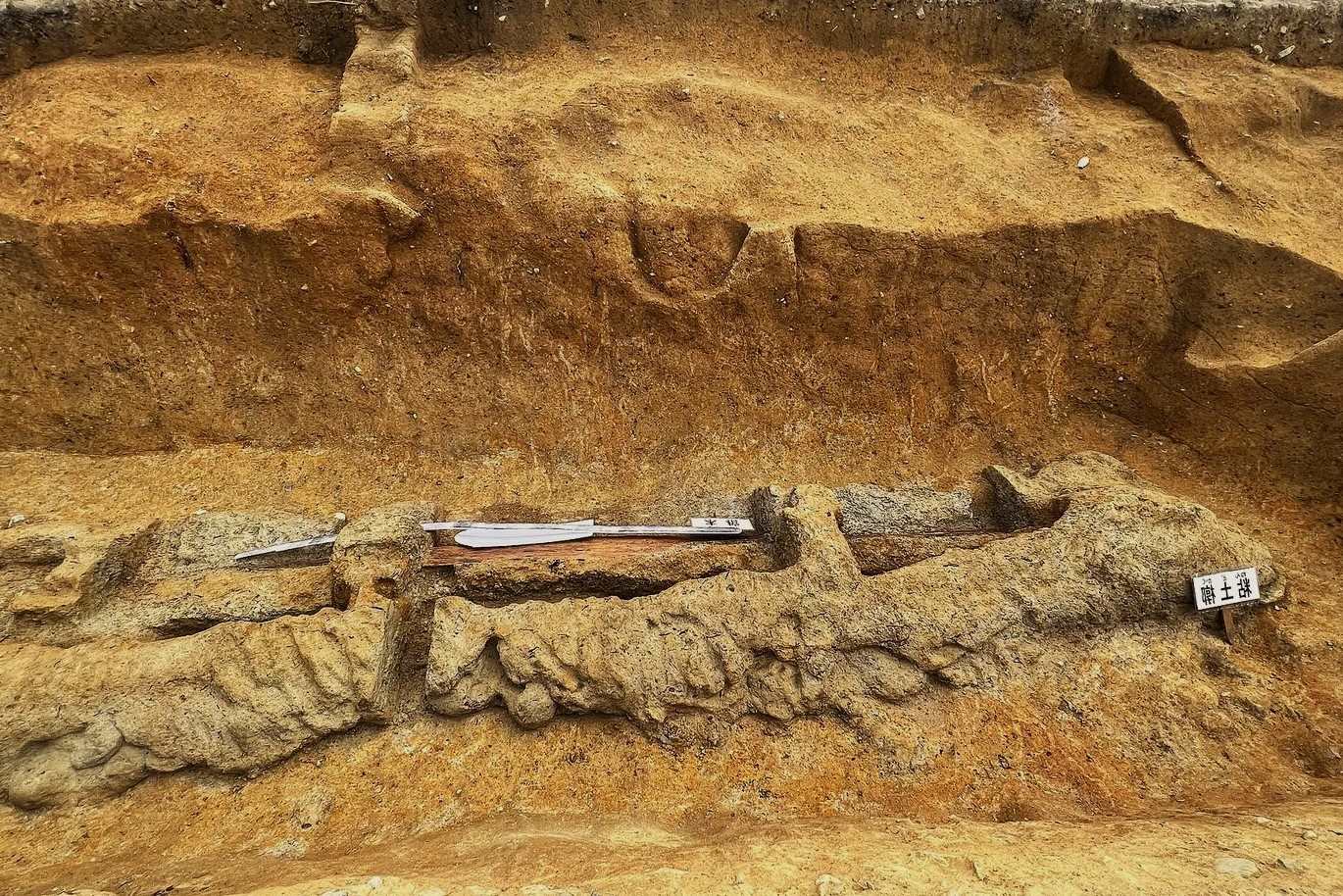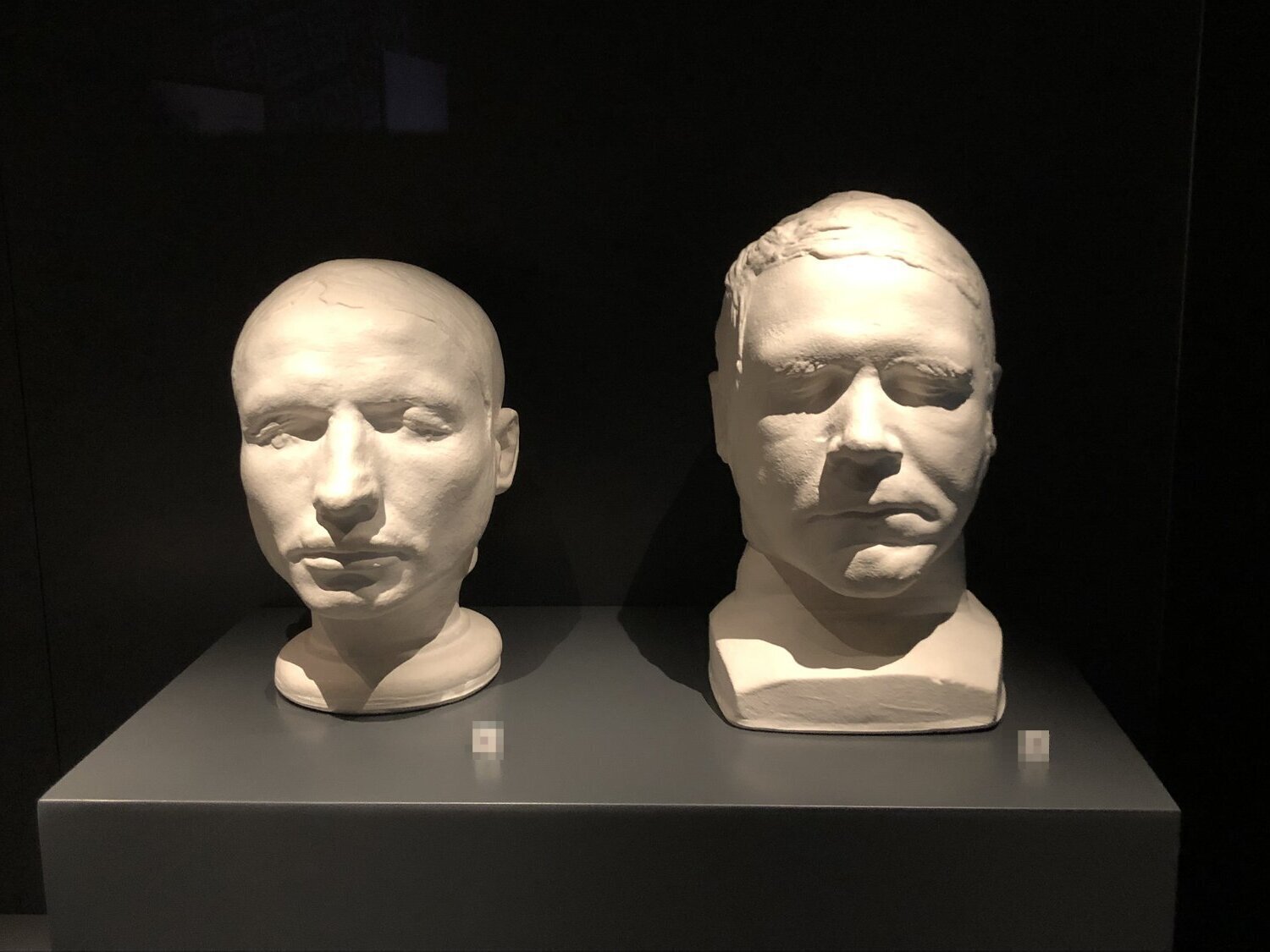
What is the Dako Sword and Mirror? The Dako Sword and Mirror are ancient Japanese artifacts with deep cultural and historical significance. The sword, known as "Dako," is a curved blade symbolizing strength and honor. The mirror, often called "Yata no Kagami," represents wisdom and truth. These items are part of the Imperial Regalia of Japan, used in ceremonies to legitimize the emperor's divine right to rule. They are shrouded in mystery, with their exact origins and current locations often debated. Understanding these artifacts offers a glimpse into Japan's rich heritage and the values that shaped its society.
Key Takeaways:
- The Dako Sword and Mirror are more than just ancient artifacts; they represent the rich history, beliefs, and values of the Moro people, serving as living symbols of cultural identity and pride.
- From warding off evil spirits to being used in modern art and martial arts demonstrations, the Dako Sword and Mirror continue to captivate and inspire people, preserving the customs and beliefs of the Moro people for generations to come.
The Dako Sword: A Symbol of Power
The Dako Sword is a fascinating artifact with deep historical roots. Known for its unique design and cultural significance, this weapon has captured the imagination of many. Here are some intriguing facts about the Dako Sword.
- The Dako Sword originates from the Philippines, specifically from the Moro people of Mindanao.
- It is traditionally used in ceremonies and as a status symbol among tribal leaders.
- The blade is often wavy, resembling a kris, which is believed to enhance its cutting power.
- Dako Swords are typically made from high-quality steel, ensuring durability and sharpness.
- The handle is often intricately carved, featuring designs that represent the owner's lineage or tribe.
- Some Dako Swords are adorned with precious metals and stones, adding to their value and beauty.
- The sword's design is influenced by both indigenous and foreign elements, reflecting the Philippines' rich history of trade and conquest.
- In battle, the Dako Sword was not only a weapon but also a psychological tool, intimidating opponents with its fearsome appearance.
- The sword's name, "Dako," means "big" or "large" in the local dialect, highlighting its impressive size.
- Collectors and historians highly prize authentic Dako Swords, often fetching high prices at auctions.
The Mirror: A Reflection of Culture
Mirrors have been used for centuries, not just for personal grooming but also for cultural and spiritual purposes. The Dako Mirror is no exception, holding a special place in the traditions of the Moro people.
- The Dako Mirror is often used in rituals to ward off evil spirits.
- It is believed that the mirror can capture and reflect negative energy, protecting the user.
- These mirrors are usually made from polished metal, such as bronze or brass.
- The frames of Dako Mirrors are often elaborately decorated, featuring motifs that symbolize protection and prosperity.
- In some traditions, the mirror is used to communicate with ancestors or deities.
- The Dako Mirror is sometimes paired with the Dako Sword in ceremonies, symbolizing the balance of power and wisdom.
- Mirrors were historically considered luxury items, accessible only to the wealthy or powerful.
- The reflective surface of the mirror is often kept spotless, as it is believed that a clear reflection ensures good fortune.
- In some cultures, breaking a mirror is considered bad luck, a belief that extends to the Dako Mirror.
- The craftsmanship involved in making a Dako Mirror is highly respected, often passed down through generations.
The Cultural Significance of the Dako Sword and Mirror
Both the Dako Sword and Mirror hold immense cultural significance, representing more than just physical objects. They embody the history, beliefs, and values of the Moro people.
- The Dako Sword and Mirror are often inherited as family heirlooms, passed down through generations.
- They are used in various ceremonies, including weddings, funerals, and coming-of-age rituals.
- The sword and mirror are sometimes buried with their owners, believed to protect them in the afterlife.
- These items are often displayed prominently in homes, serving as symbols of pride and heritage.
- The Dako Sword and Mirror are featured in traditional dances and performances, showcasing their cultural importance.
- They are also used in storytelling, with each sword and mirror having its own unique history and legends.
- The process of making these items is considered an art form, with craftsmen dedicating their lives to perfecting their skills.
- The Dako Sword and Mirror are often blessed by spiritual leaders, imbuing them with protective powers.
- They are sometimes used in conflict resolution, with the sword symbolizing justice and the mirror representing truth.
- The Dako Sword and Mirror are also seen as symbols of unity, bringing communities together during important events.
Modern-Day Relevance of the Dako Sword and Mirror
Despite their ancient origins, the Dako Sword and Mirror continue to hold relevance in modern times. They are not just relics of the past but living symbols of cultural identity.
- The Dako Sword and Mirror are often featured in museums and cultural exhibitions, educating people about Moro heritage.
- They are sometimes used in modern art, inspiring contemporary artists with their intricate designs.
- The Dako Sword is occasionally used in martial arts demonstrations, showcasing traditional fighting techniques.
- These items are also popular among collectors, who appreciate their historical and artistic value.
- The Dako Sword and Mirror continue to be used in traditional ceremonies, preserving the customs and beliefs of the Moro people.
Final Thoughts on Dako Sword and Mirror
The Dako Sword and Mirror hold a rich history and cultural significance. These artifacts aren't just weapons or reflective surfaces; they're symbols of power, honor, and tradition. From their origins in ancient Japan to their roles in modern ceremonies, they continue to captivate and inspire.
Understanding these items gives us a deeper appreciation for the craftsmanship and stories behind them. Whether you're a history buff, a martial arts enthusiast, or just curious, the Dako Sword and Mirror offer a fascinating glimpse into the past.
Remember, every detail, from the intricate designs to the materials used, tells a story. Next time you see a Dako Sword or a ceremonial mirror, think about the centuries of tradition and skill that went into creating these masterpieces. They’re more than just objects; they’re a testament to human ingenuity and cultural heritage.
Frequently Asked Questions
Was this page helpful?
Our commitment to delivering trustworthy and engaging content is at the heart of what we do. Each fact on our site is contributed by real users like you, bringing a wealth of diverse insights and information. To ensure the highest standards of accuracy and reliability, our dedicated editors meticulously review each submission. This process guarantees that the facts we share are not only fascinating but also credible. Trust in our commitment to quality and authenticity as you explore and learn with us.


